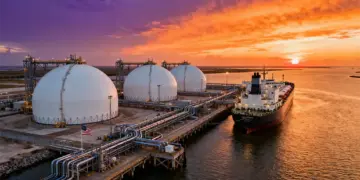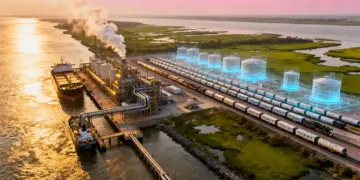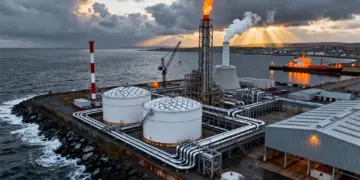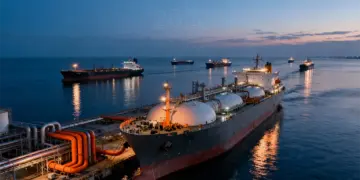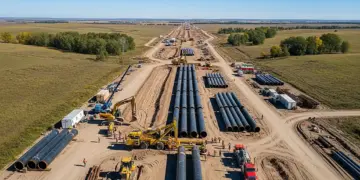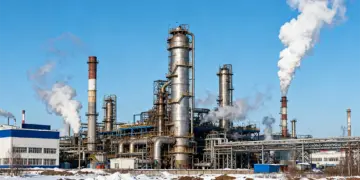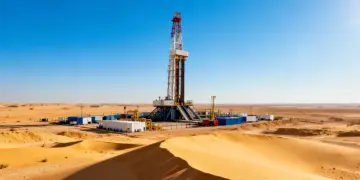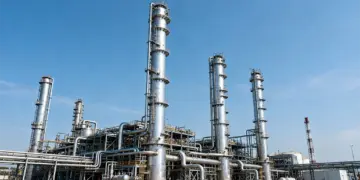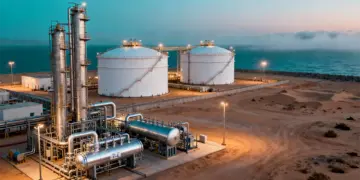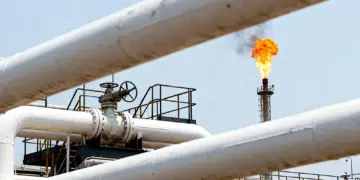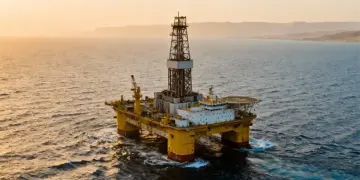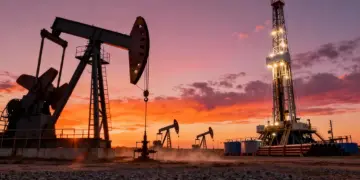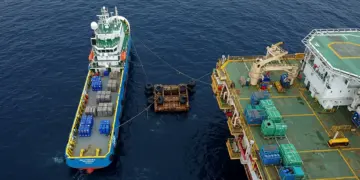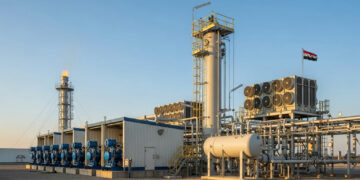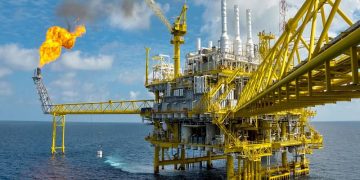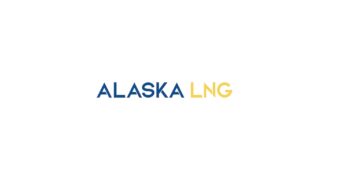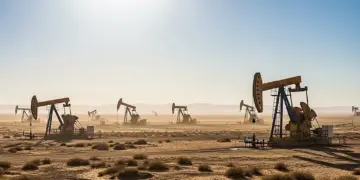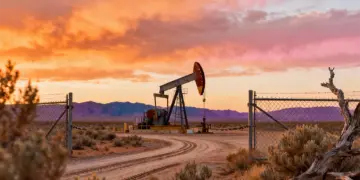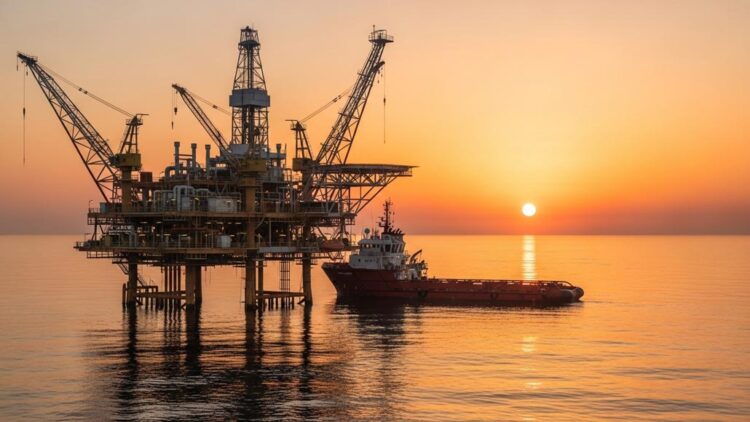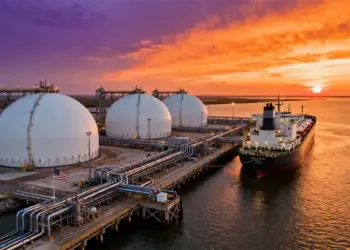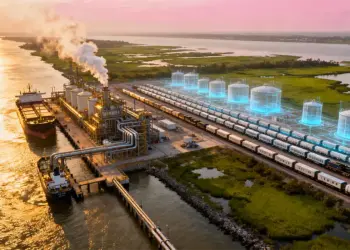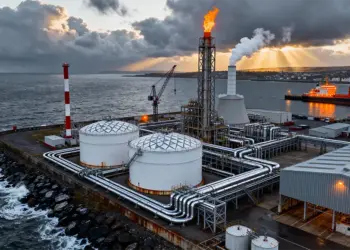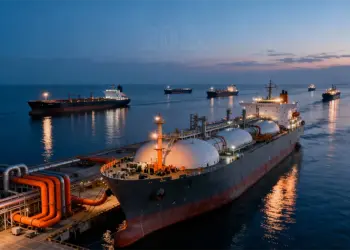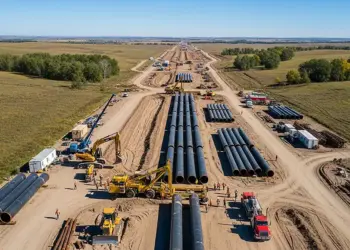The IEA said that new oil and gas projects may be necessary so as to maintain the present production, as it happens to be in a public feud with the Trump administration on its forecasts when it comes to lower demand.
The International Energy Agency (IEA) said in a report that its evaluation of 15,000 oil and gas fields presented that the output was declining faster than in the previous cases, which has implications for markets as well as energy security.
It is well to be noted that the Paris-based agency comes up with annual reports on energy trends and has gone on to forecast that oil demand is going to peak by the end of the decade, which would have quite notable implications in terms of investment in further oil production.
The forecast, in addition to its 2021 declaration that a halt in investment in new projects was indeed required so as to meet carbon neutrality, drew the ire of the oil and gas sector. The agency has also faced criticism throughout the past months from the administration of Donald Trump, with Energy Secretary Chris Wright threatening in July 2025 to pull out of the IEA if it did not go ahead and reform how it functions.
While the IEA did not address its demand forecast, it said that quicker rates of production dip in fields, related in part to development within the less productive offshore fields and fracking, meant that investment has to be reconsidered.
Fatih Birol, the IEA Chief, said in a statement that careful attention should be paid to the potential consequences in terms of market balances and energy security, along with emissions.
The IEA went on to conclude that keeping international oil and gas production consistent over time would need the development of certain new resources.
Even taking into consideration projects approved and that are under development, the IEA opined there happened to be a large gap that has to be filled by new conventional oil and gas projects in order to maintain production at the present levels, though the amounts required could very well be reduced if oil and gas demand happened to dip.
It said upstream oil as well as gas investment in 2025 was most likely to come in at almost $570 billion, which predicts a small increase in production if it happens to continue at that level.
The OPEC oil cartel, which has gone ahead and publicly clashed with the IEA on the need for further investments in the sector, went on to note that the report is indeed a U-turn for the IEA.
It at the same time said that OPEC has consistently pushed for timely investments in the oil industry so as to experience a decline in the rates and meet the growing demand.


